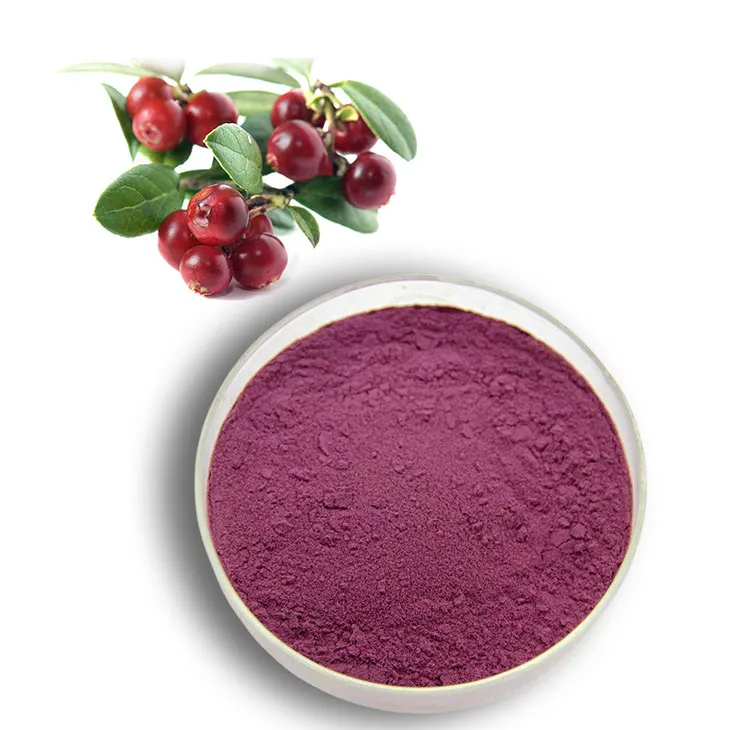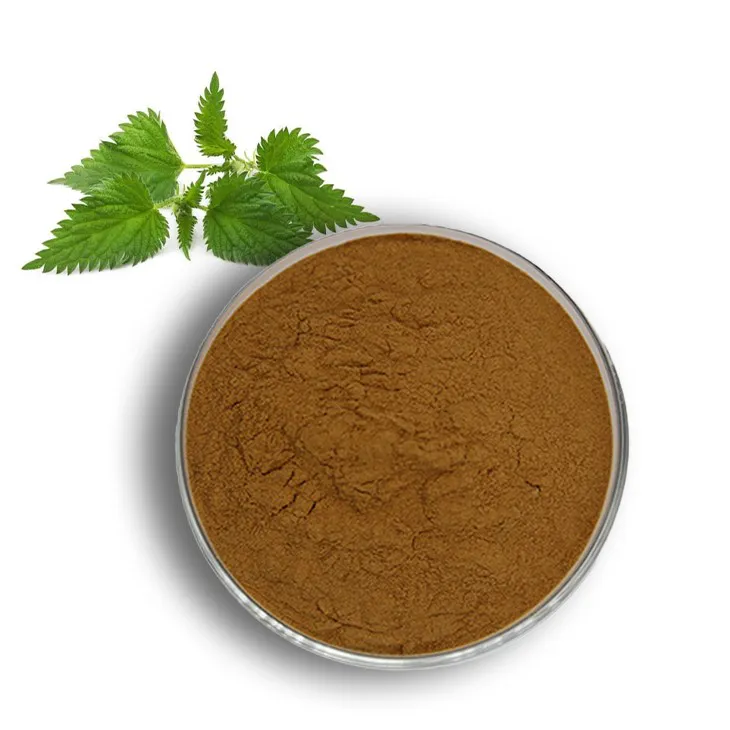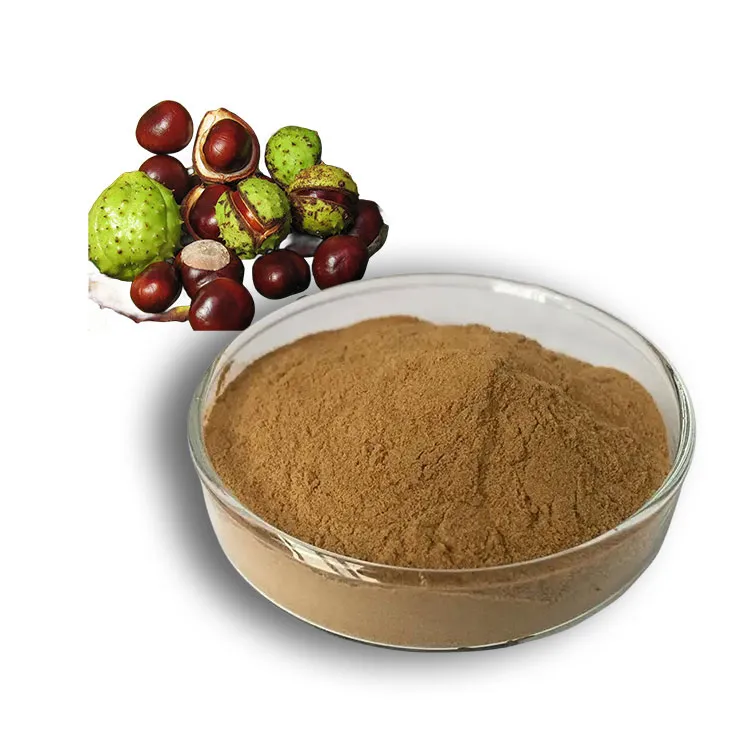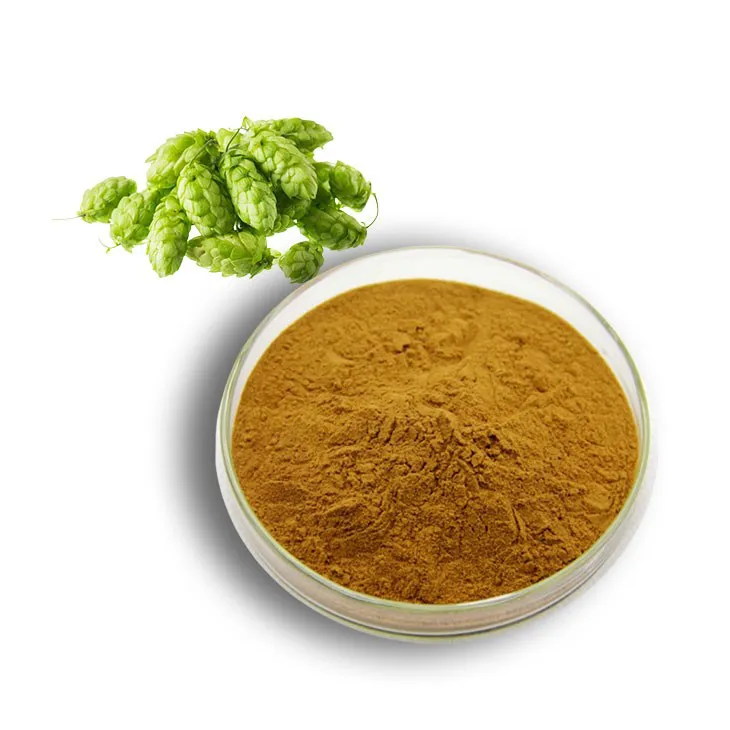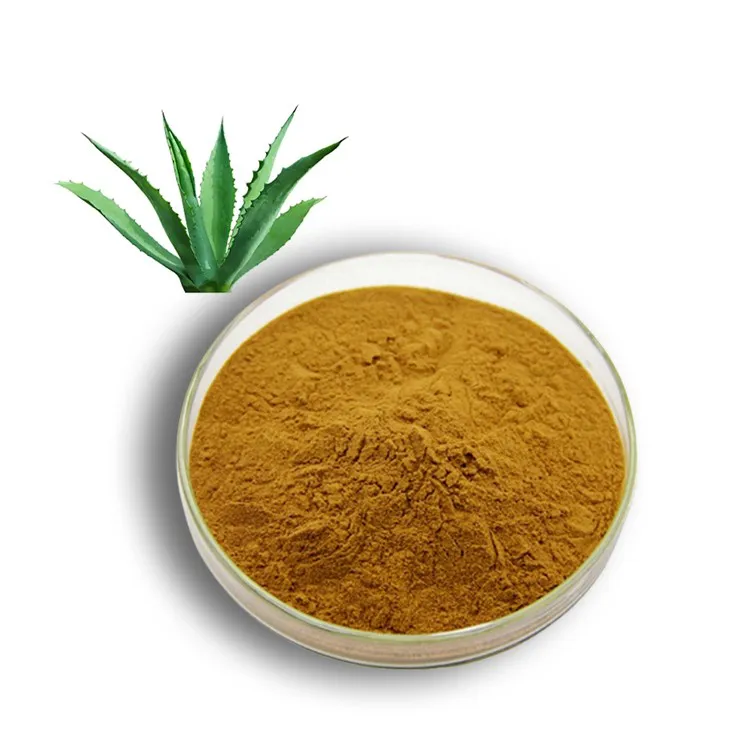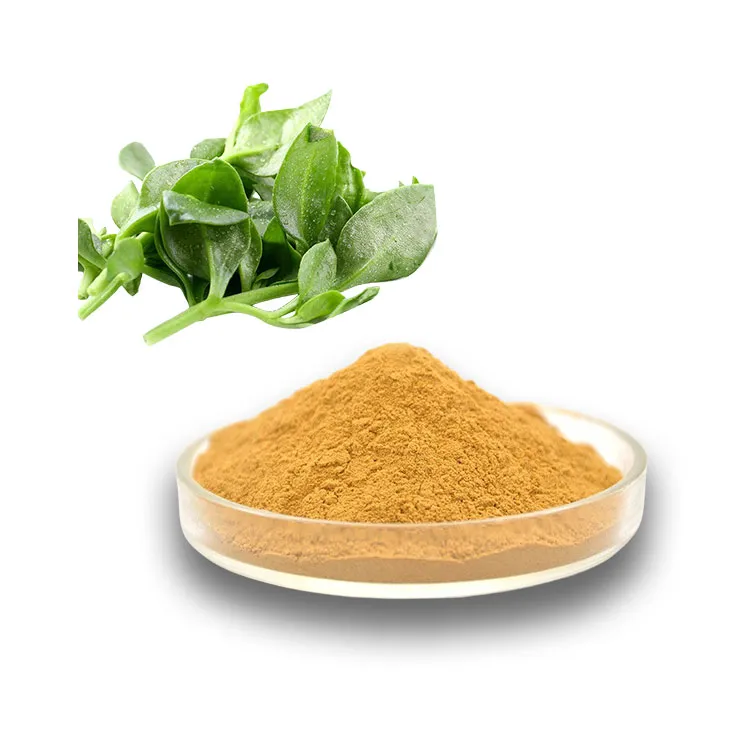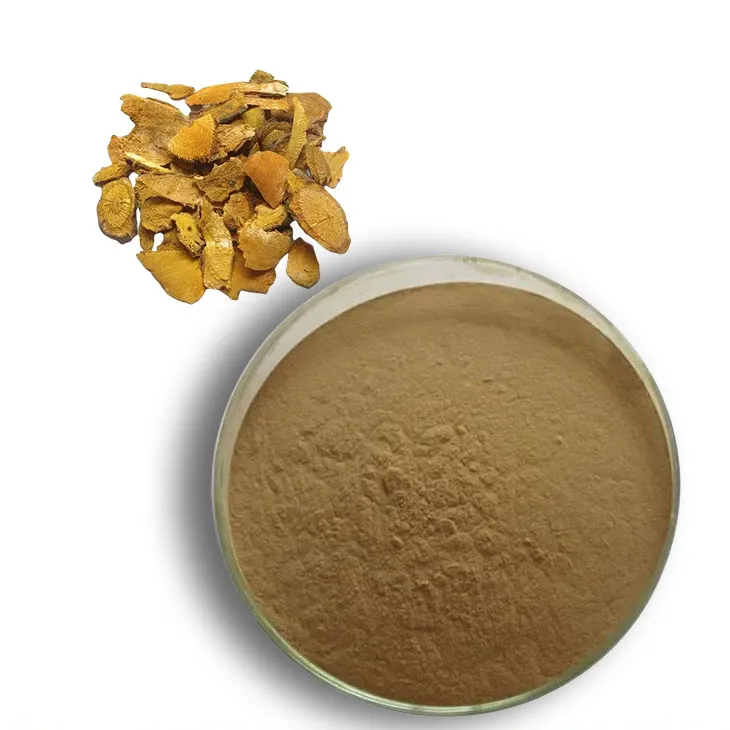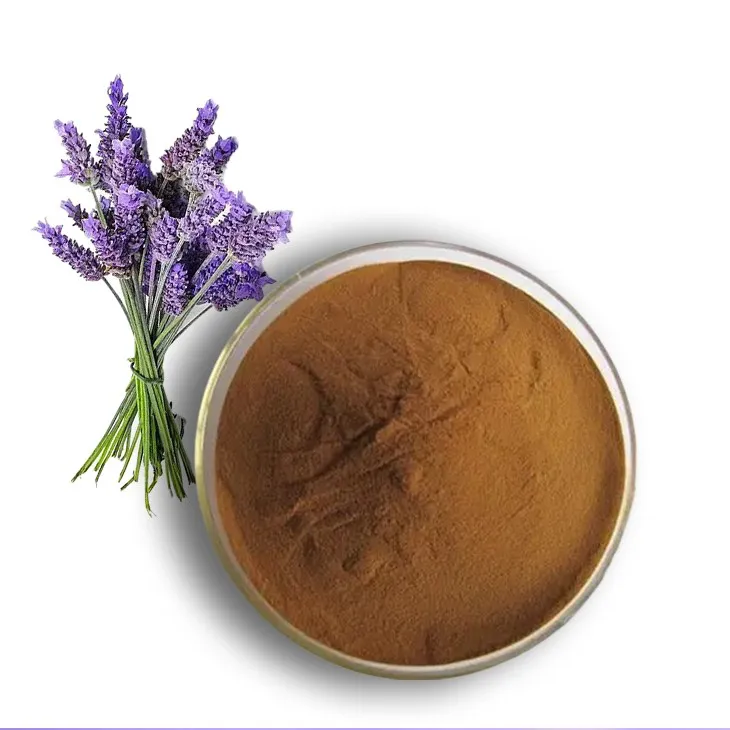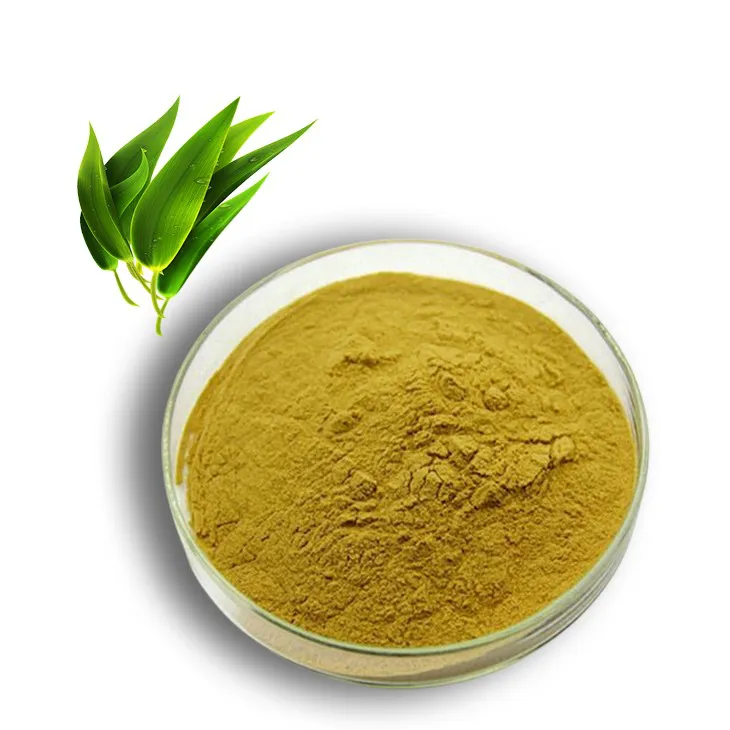- 0086-571-85302990
- sales@greenskybio.com
Red Yeast Rice and Cholesterol: How Long It Takes to See Results
2025-08-14

Red yeast rice has garnered attention as a natural supplement known to effectively lower cholesterol levels. Originating in traditional Chinese medicine, this fermented product contains compounds similar to those found in statins, which are widely used for managing high cholesterol. As interest in natural remedies continues to grow, many people opt for red yeast rice as a complementary approach. However, understanding the timeline for its effectiveness is crucial for anyone considering its use for cholesterol management. This article delves into the specifics of how red yeast rice works, how long it typically takes to see results, and the factors influencing its effectiveness.
What is Red Yeast Rice?
Red yeast rice is derived from rice that has been fermented with a specific type of yeast called Monascus purpureus. This process results in a reddish-colored product that has been used for centuries in Chinese cuisine and medicine. The key components believed to affect cholesterol levels are monacolins, particularly monacolin K, which is chemically identical to the active ingredient in the prescription drug lovastatin. These compounds inhibit the enzyme HMG-CoA reductase, which plays a crucial role in cholesterol production in the liver.
Expected Timeframe for Cholesterol Reduction
One of the most common questions from new users of red yeast rice is how long it takes to notice changes in cholesterol levels. Several clinical studies and anecdotal evidence provide useful insights:
1. Initial Observations: Many users report a noticeable decrease in cholesterol levels within four to six weeks of consistent use. This timeframe aligns with how long it typically takes for any cholesterol-lowering intervention, including statins, to begin showing effects.
2. Continued Improvement: For some individuals, continued use beyond six weeks may lead to further reductions in cholesterol over a three to six-month period. The extent of cholesterol reduction is often more pronounced in those who combine red yeast rice with lifestyle modifications such as diet and exercise.
3. Long-term Effects: While initial results are promising, understanding the long-term effects and maintaining optimal cholesterol levels typically require continued supplementation and lifestyle adherence.
Factors Influencing Effectiveness
Several factors can influence how quickly and effectively red yeast rice works to lower cholesterol:
1. Dosage: The typical recommended dosage of red yeast rice extract products ranges from 1,200 to 2,400 mg per day, containing about 10 mg of monacolin K, paralleling doses found in low-intensity statin therapy. However, individual responses can vary, and consulting with a healthcare provider is advisable.
2. Consistency: As with any supplement, consistency in dosage is vital for achieving desired results. Irregular use may delay or diminish outcomes.
3. Dietary and Lifestyle Factors: Combining red yeast rice with a heart-healthy diet low in saturated fats and high in fiber can enhance its cholesterol-lowering effects. Regular physical activity further complements these benefits by improving cardiovascular health.
4. Individual Variability: Genetic factors, existing health conditions, and other medications can influence how an individual responds to red yeast rice. For example, some people may metabolize the compounds slower or faster than others.
5. Quality of Supplement: Not all red yeast rice supplements are created equal. Quality can vary significantly between brands, affecting both the content of active monacolins and, consequently, the supplement's effectiveness. Opting for high-quality products with third-party testing can ensure you're getting an effective dose.
Safety Considerations and Potential Side Effects
While red yeast rice can be an effective natural alternative for lowering cholesterol, it is not without potential risks:
1. Possible Side Effects: Some users experience side effects similar to those of statins, such as muscle pain, liver enzyme elevations, and digestive discomfort. Anyone experiencing adverse effects should consult their healthcare provider.
2. Interactions: Red yeast rice may interact with other medications, including statins, blood pressure medications, and certain antibiotics. It is essential to discuss usage with a healthcare professional, especially if you are already on these medications.
3. Regulations: In the United States, the FDA has limited the sale of red yeast rice supplements containing significant amounts of monacolin K as it is chemically similar to prescription statins. This regulation aims to ensure safety and appropriate use but can also impact product availability and quality.
Integrating Red Yeast Rice into a Health Plan
For those considering red yeast rice, it’s essential to approach its use as part of a broader health strategy:
1. Consultation with Healthcare Provider: Before beginning any new supplement regimen, especially something as impactful as red yeast rice, consulting a healthcare provider is crucial. They can provide personalized dosage recommendations and monitor for potential interactions or side effects.
2. Lifestyle Modifications: Augment the use of red yeast rice with lifestyle changes for maximum benefit. This includes adhering to a diet rich in fruits, vegetables, whole grains, lean protein, and healthy fats while minimizing processed foods, sugars, and saturated fats.
3. Regular Monitoring: Keep track of cholesterol levels and general health through regular check-ups. This not only helps assess the effectiveness of red yeast rice but also ensures that any potential side effects are identified early.
Conclusion
Red yeast rice offers a promising natural approach to managing cholesterol levels, comparable to conventional statins for some users. While many begin to see results in as little as four to six weeks, maintaining lowered cholesterol is often a longer-term endeavor that involves consistent use, lifestyle changes, and regular health monitoring.
The key to successful integration of red yeast rice into a health regimen lies in choosing high-quality supplements, understanding individual variability, and incorporating holistic lifestyle modifications. As with any health intervention, individualized care and professional consultations remain essential to achieving safe and effective outcomes. By adhering to these guidelines, individuals can responsibly harness the benefits of red yeast rice in their quest for better cardiovascular health.
- ▶ Hesperidin
- ▶ Citrus Bioflavonoids
- ▶ Plant Extract
- ▶ lycopene
- ▶ Diosmin
- ▶ Grape seed extract
- ▶ Sea buckthorn Juice Powder
- ▶ Fruit Juice Powder
- ▶ Hops Extract
- ▶ Artichoke Extract
- ▶ Mushroom extract
- ▶ Astaxanthin
- ▶ Green Tea Extract
- ▶ Curcumin
- ▶ Horse Chestnut Extract
- ▶ Other Product
- ▶ Boswellia Serrata Extract
- ▶ Resveratrol
- ▶ Marigold Extract
- ▶ Grape Leaf Extract
- ▶ New Product
- ▶ Aminolevulinic acid
- ▶ Cranberry Extract
- ▶ Red Yeast Rice
- ▶ Red Wine Extract
-
Bilberry Extract
2025-08-14
-
Nettle Root Extract
2025-08-14
-
Horse Chestnut Extract
2025-08-14
-
Hops Extract
2025-08-14
-
Aguaje Extract
2025-08-14
-
Andrographis Paniculata Extract Powder
2025-08-14
-
Polygonum Cuspidatum Extract
2025-08-14
-
Diosmin
2025-08-14
-
Lavender Extract
2025-08-14
-
Bamboo Leaf extract
2025-08-14











